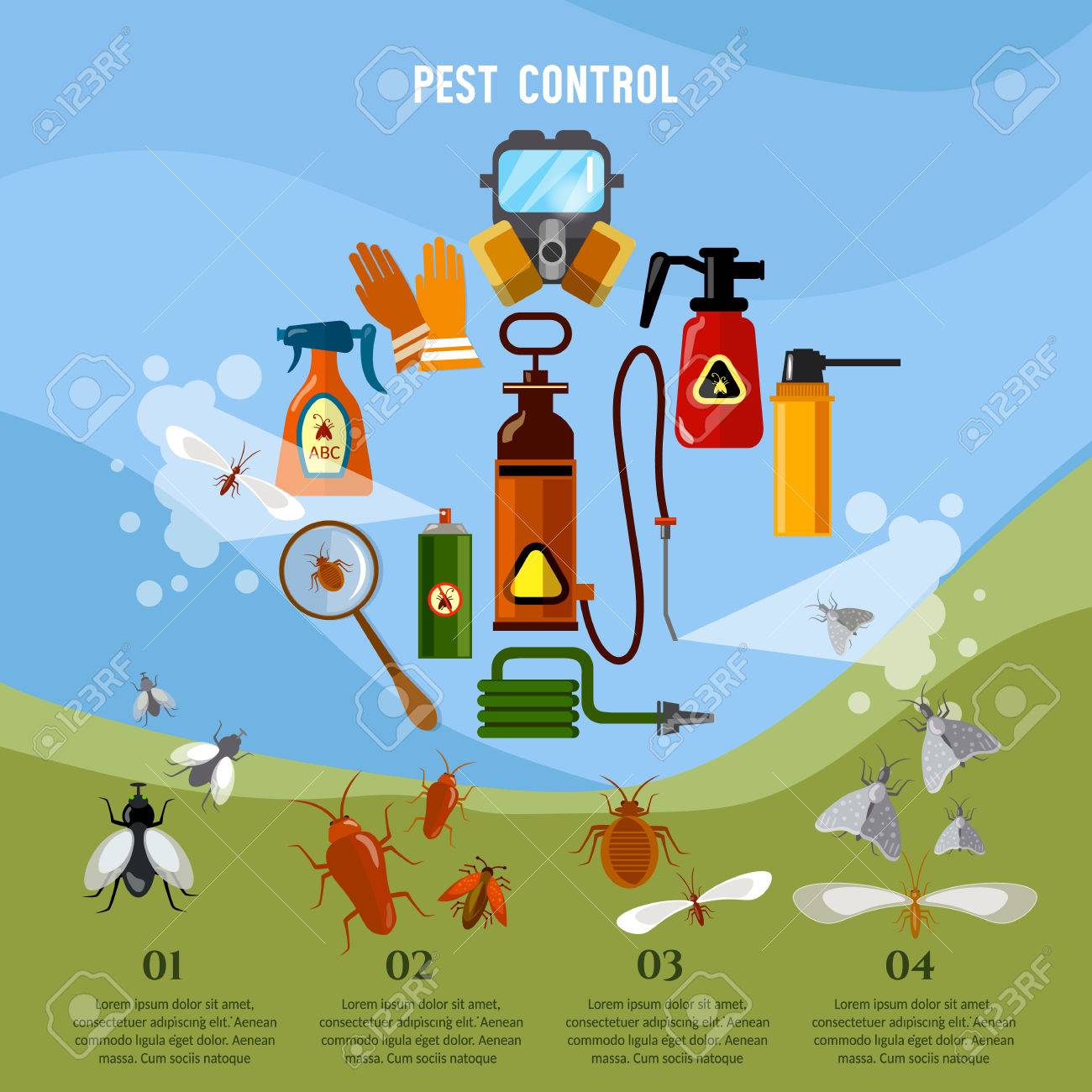Use Your Expertise Of Rodent Nesting Behaviors To Outwit These Pest Monitoring Strategies
Use Your Expertise Of Rodent Nesting Behaviors To Outwit These Pest Monitoring Strategies
Blog Article
Article By-Payne Corbett
When it involves rodent control, comprehending common rodent behavior is essential to properly managing infestations. Did you understand that rodents have some interesting nesting practices that might surprise you? By exploring their elaborate behaviors, you can get useful insights into just how to deal with rodent problems in a much more strategic and effective fashion. So, allow's decipher the mysteries behind these animals' actions and find out how to outsmart them in your rodent control initiatives.
Rat Nesting Habits
When observing rats in their all-natural habitat, you'll notice that they proactively seek products to create their nests. Rodents, such as computer mice and rats, are clever creatures that make use of a range of items like twigs, leaves, paper, and fabric to build their homes. They're careful in their nest-building procedure, often lining their nests with softer products like hair or plumes to create a cozy atmosphere.
Rats prefer to build their nests in covert and secure locations to safeguard themselves and their young from predators. Usual nesting spots include wall surface tooth cavities, attics, basements, and even within insulation products. By building their nests in these remote locations, rodents can securely elevate their offspring away from potential dangers.
It is important to comprehend the nesting practices of rodents when carrying out control actions. By interrupting their nests or getting rid of products, you can discourage rats from developing an existence in your house or residential or commercial property. Appropriate sanitation and sealing entrance factors are likewise essential action in preventing rodent invasions.
Rodent Feeding Patterns
After observing rodents' nesting practices, it becomes apparent that their feeding patterns play an important duty in their lives and actions. Rodents, consisting of mice and rats, are opportunistic feeders, meaning they'll eat whatever food source is easily available. They're largely nocturnal animals, favoring to forage for food throughout the cover of night to prevent killers.
Rats have a diverse diet regimen, varying from grains, seeds, fruits, and vegetables to bugs, nuts, and even small pets. This flexibility in their food options allows them to flourish in various environments, consisting of urban areas where human food sources are plentiful.
Their feeding patterns aren't only driven by hunger however also by the demand to stockpile food for times of scarcity. This habits is particularly recognizable in preparation for cold weather or when nesting. Rodents are recognized to hoard food in their nests or burrows, guaranteeing a consistent food supply. Recognizing their feeding patterns is important in executing effective rodent control actions to disrupt their food resources and avoid problems.
Rodent Activity and Travel
Rats navigate their surroundings with agility and stealth, utilizing their keen senses to move quickly via their atmospheres. These creatures are proficient mountain climbers, able to scale walls and upright surface areas with ease. They can additionally squeeze with remarkably tiny openings, making it vital to seal any kind of possible entry factors in your house.
When it pertains to traveling, rats tend to comply with acquainted courses, developing trails along wall surfaces or skirting the sides of areas. They're creatures of habit, typically sticking to these developed courses as they forage for food or explore their environments.
Rats are recognized for their nighttime practices, so you may hear them scooting around in the evening as they search for food and water. https://www.the-sun.com/lifestyle/5260896/non-toxic-rat-repellents-tricks/ are quick and erratic, enabling them to dart in and out of sight in the blink of an eye.
Comprehending how rodents relocate and travel can help you determine potential invasion areas in your home and take proactive actions to avoid these pests from getting a foothold.
Final thought
As you function to manage rodents in your house, remember that understanding their habits is key. By acknowledging their nesting routines, feeding patterns, and motion, you can successfully stop invasions.
Coincidentally, by taking aggressive steps to get rid of food resources and seal off entrance factors, you can interrupt their familiar paths and force them to seek out brand-new areas, eventually lowering the chance of rodent visibility in your home.
